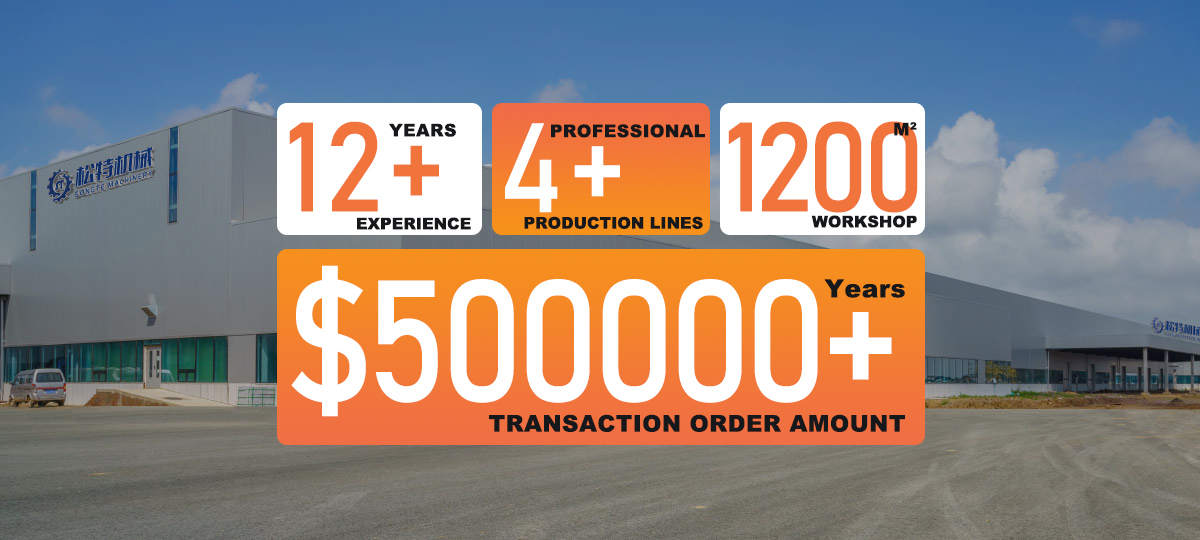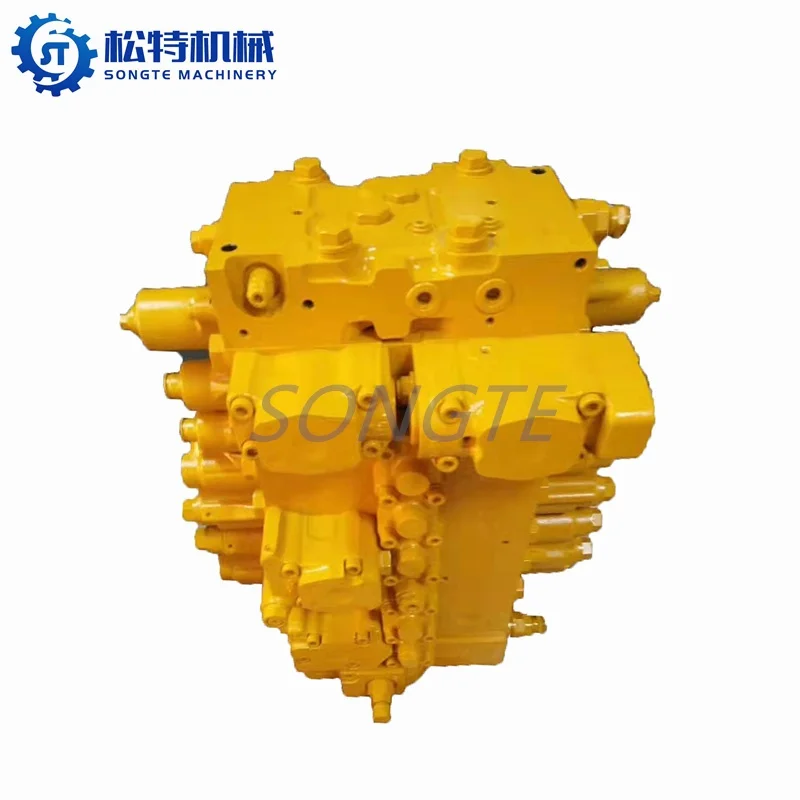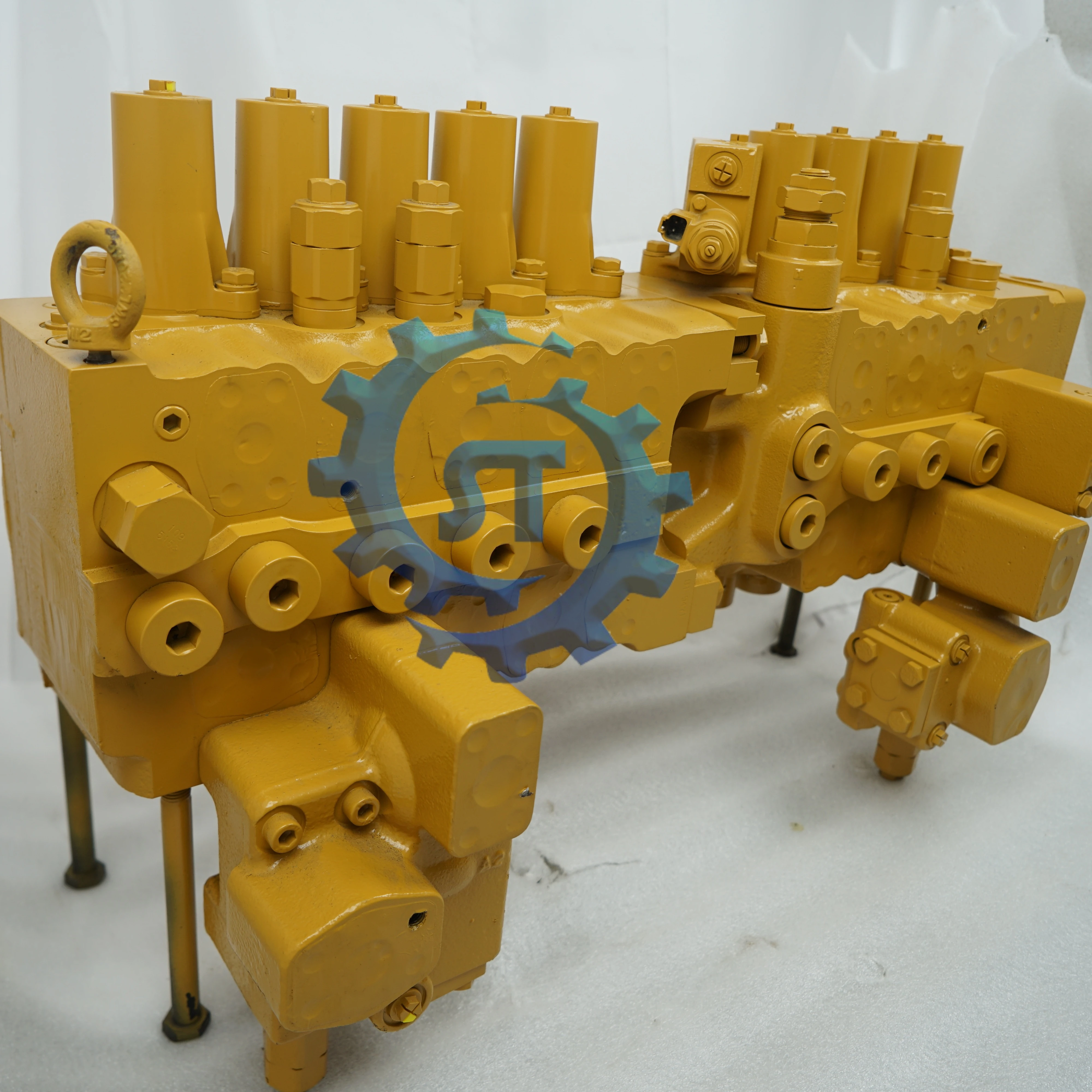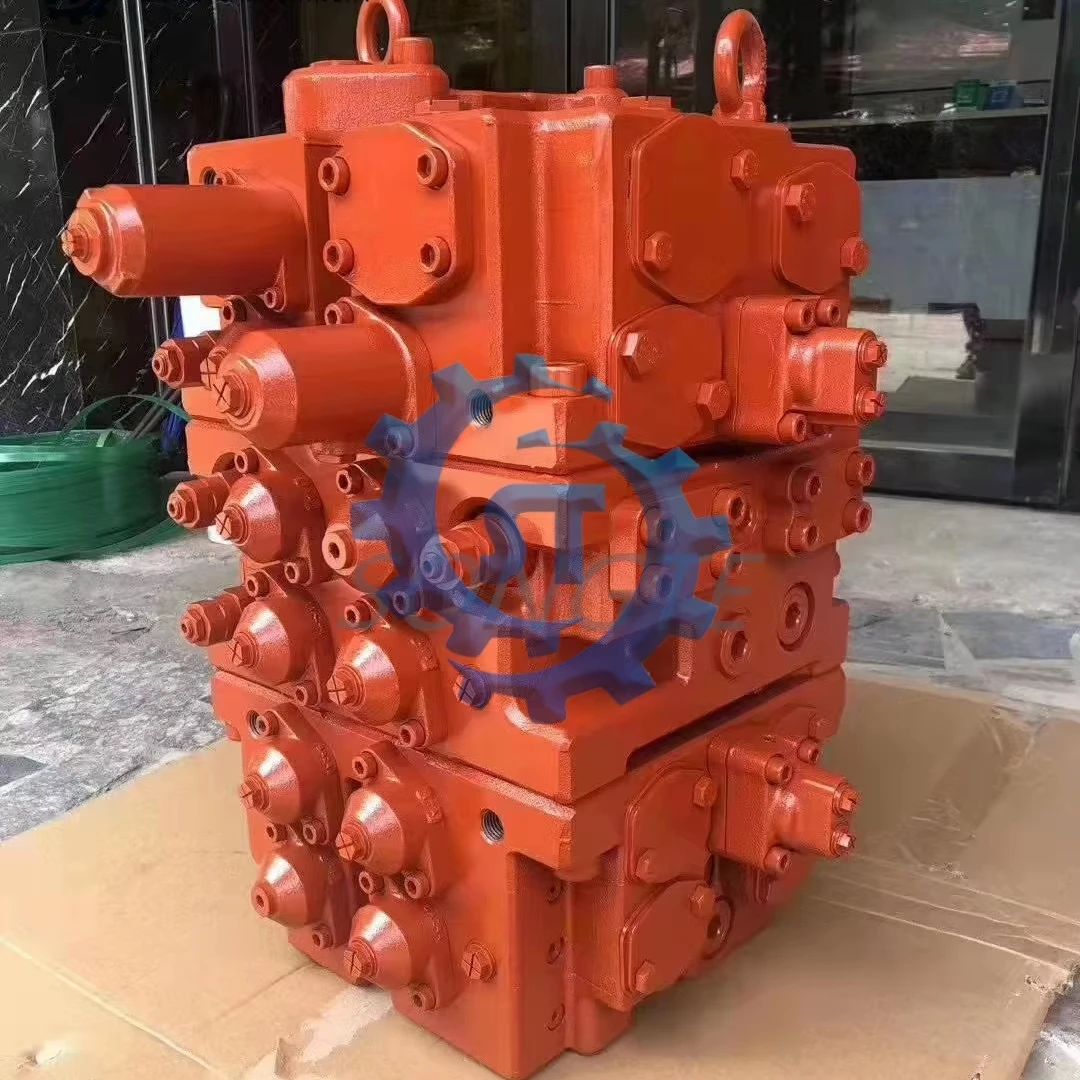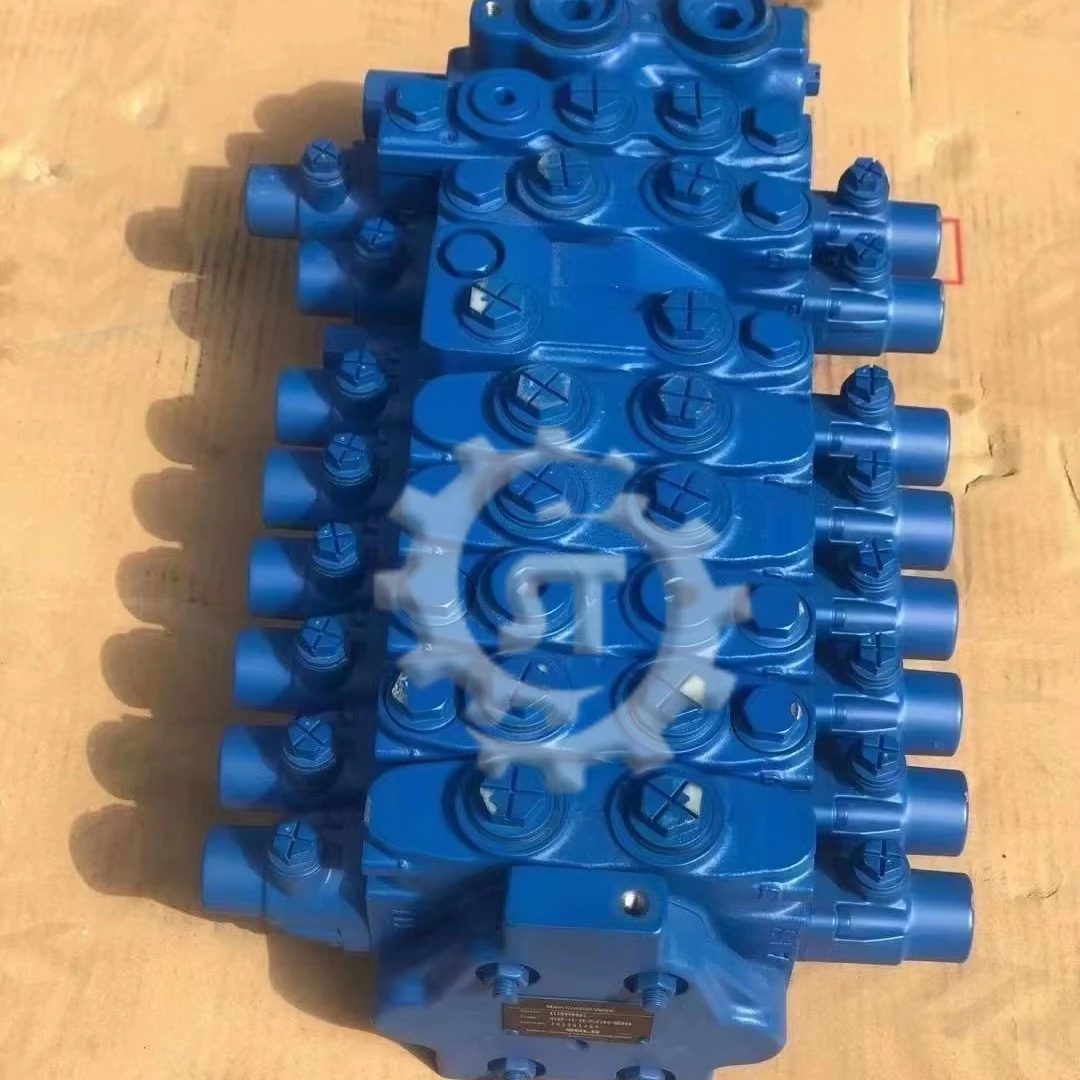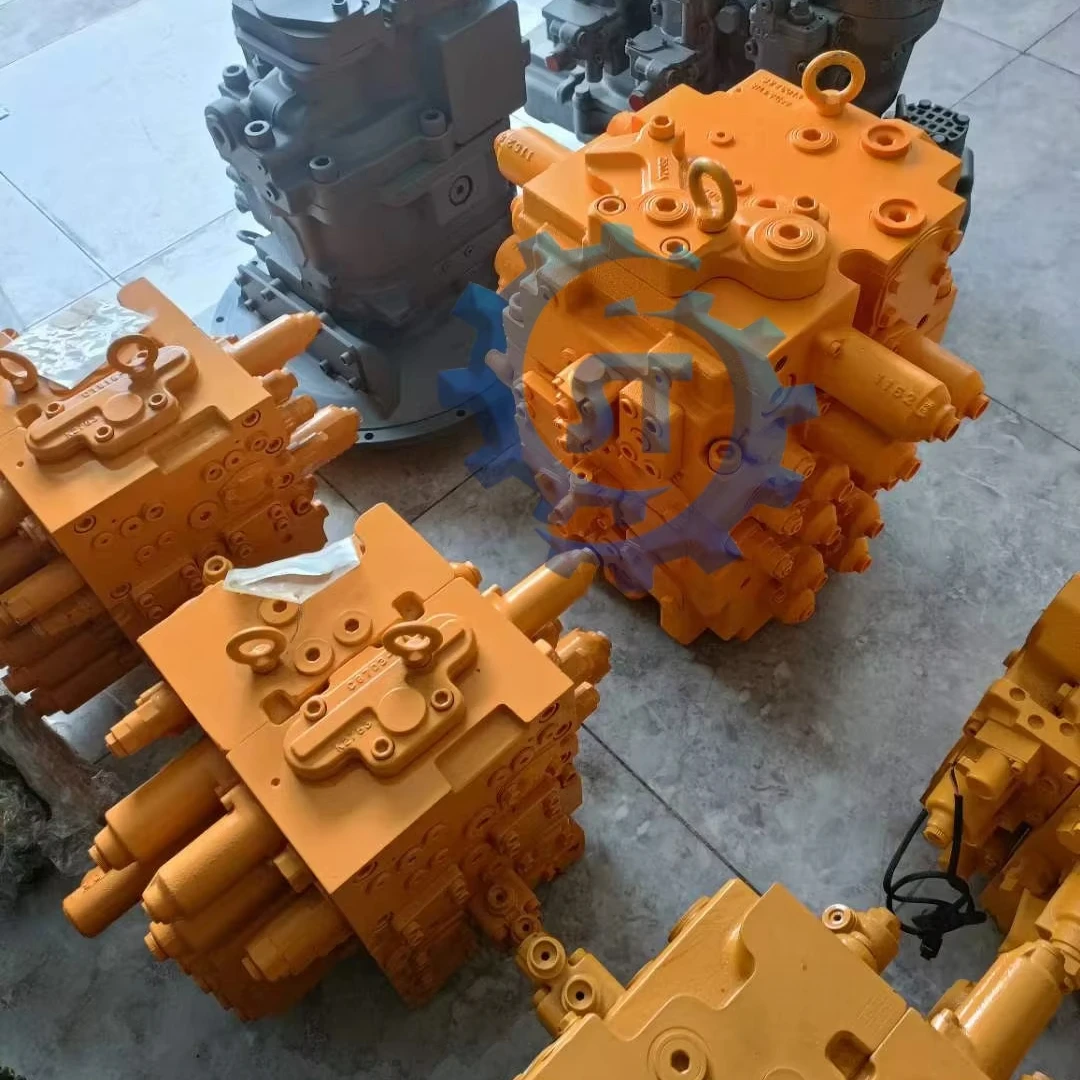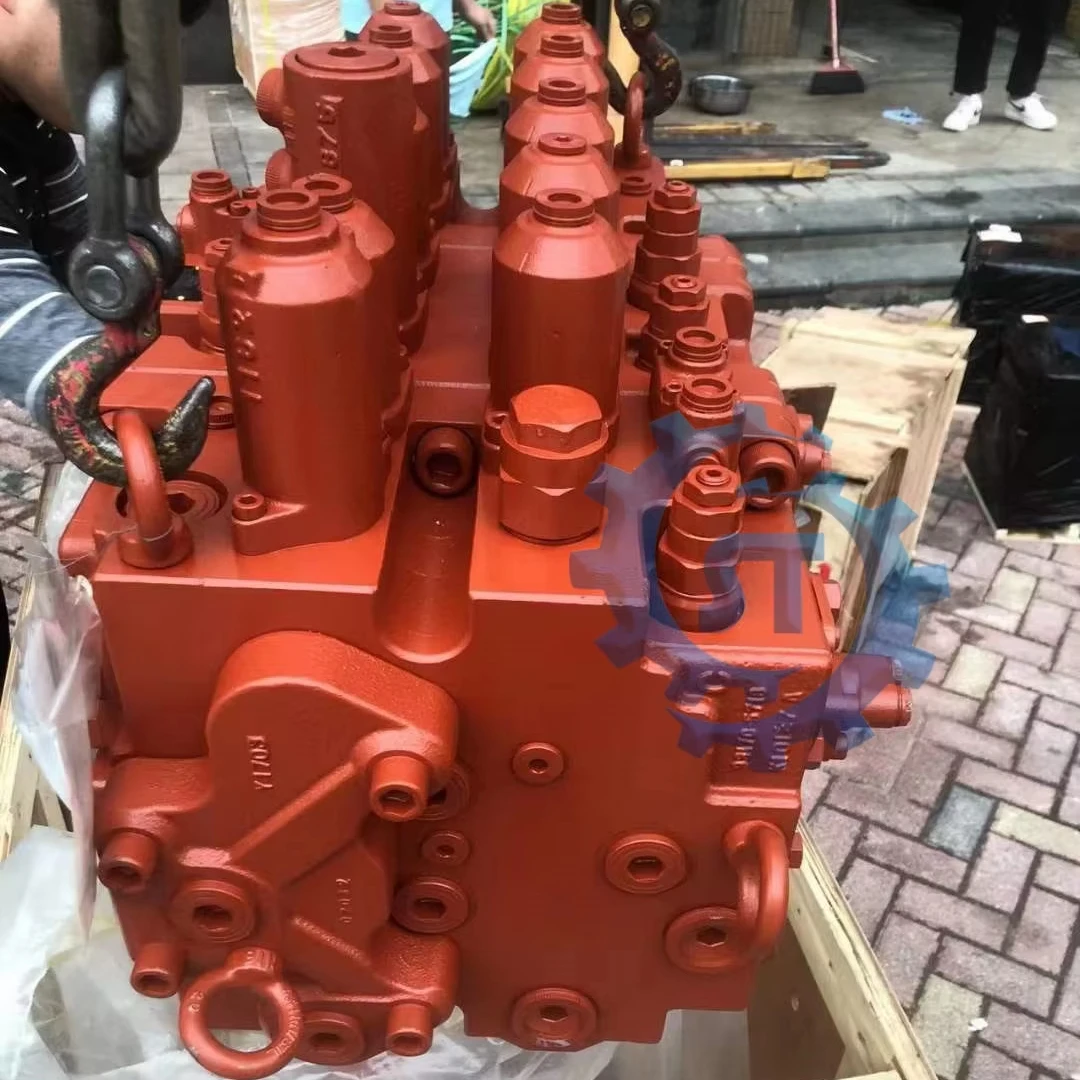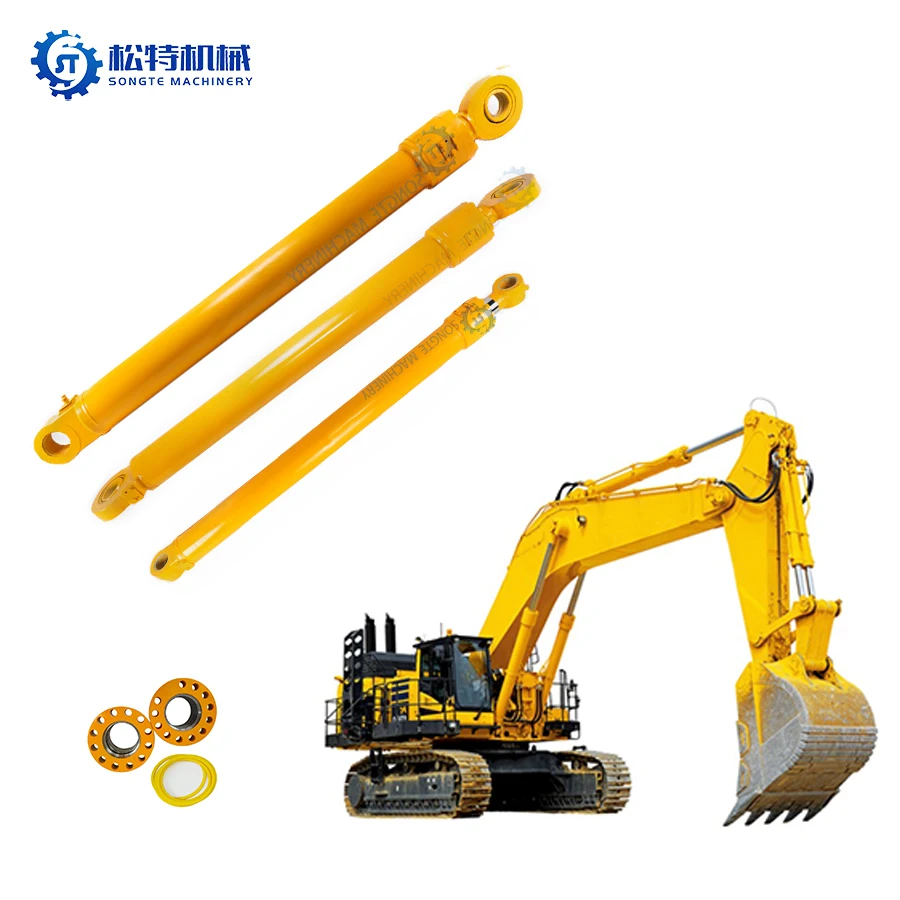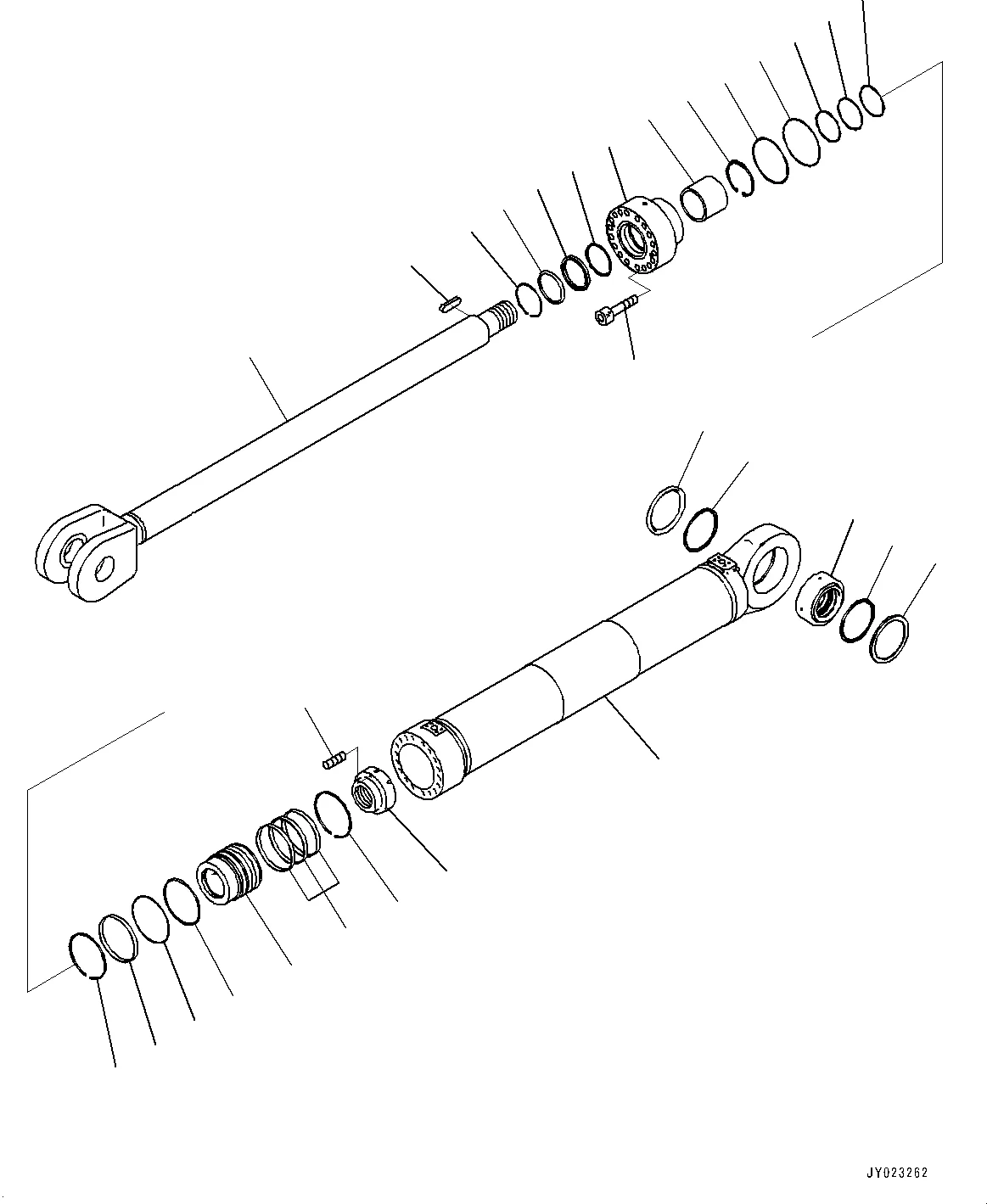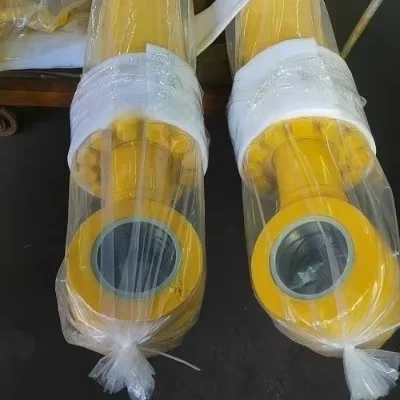PRODUCTS
Understanding the Key Differences Between Various Hydraulic Pump Designs
2025-07-30
The selection of a correct hydraulic pump is imperative for the efficiency and long service life of any hydraulic system. The many variations of pumps are built for purpose and have the benefit of being perfect for low, medium or high pressure and are often the most cost-effective for that pressure range. Explores the main differences between different types of hydraulic pump designs and provides the basics for making a more informative decision. Displacement Type
Hydraulic pumps can be divided into two main categories according to the type of displacement: positive displacement hydraulic pumps and non-positive displacement hydraulic pumps. Positive displacement pumps (gear, vane, and piston) provide a constant volume of fluid per revolution. They can maintain a constant flow rate, which makes them useful for applications that require stable flow rates.
On the other hand, the flow of non-positive displacement pumps is not constant, as it varies with the speed and pressure. Generally less efficient than positive displacement compressors, but simpler and cheaper.
Pump Construction
One of the most common type of positive displacement pump is the gear pump, which is positive-displacement and consists of two or more meshing gears that carry the fluid between the gear teeth and from one cavity in the pump to another. They are economical, but they can produce lower pressure than other types.
Vane pumps operate with a series of mounted vanes that rotate in a circular manner inside of its casing which allows for a higher capability of pressure than gear-pumps whilst also being more applicable to higher speed applications. Yet piston pumps produce the highest pressures, often with variable displacement for accurate flow control, and are suited for advanced applications.
Operational Characteristics
The type of pump depends on the specific operating characteristics needed. Take into account the desired flow rate, required pressure, viscosity of the hydraulic fluid, etc., as well as the specific needs of your hydraulic system. Due to the variations in internal mechanics, each pump type has a distinctive performance curve.
Other important aspects to consider when choosing a hydraulic pump are how loud it will be, whether it is pulsating, and maintenance needs. Assessing these variables helps to guarantee that the system works ideally and lasts longer.
Hydraulic pumps can be divided into two main categories according to the type of displacement: positive displacement hydraulic pumps and non-positive displacement hydraulic pumps. Positive displacement pumps (gear, vane, and piston) provide a constant volume of fluid per revolution. They can maintain a constant flow rate, which makes them useful for applications that require stable flow rates.
On the other hand, the flow of non-positive displacement pumps is not constant, as it varies with the speed and pressure. Generally less efficient than positive displacement compressors, but simpler and cheaper.
Pump Construction
One of the most common type of positive displacement pump is the gear pump, which is positive-displacement and consists of two or more meshing gears that carry the fluid between the gear teeth and from one cavity in the pump to another. They are economical, but they can produce lower pressure than other types.
Vane pumps operate with a series of mounted vanes that rotate in a circular manner inside of its casing which allows for a higher capability of pressure than gear-pumps whilst also being more applicable to higher speed applications. Yet piston pumps produce the highest pressures, often with variable displacement for accurate flow control, and are suited for advanced applications.
Operational Characteristics
The type of pump depends on the specific operating characteristics needed. Take into account the desired flow rate, required pressure, viscosity of the hydraulic fluid, etc., as well as the specific needs of your hydraulic system. Due to the variations in internal mechanics, each pump type has a distinctive performance curve.
Other important aspects to consider when choosing a hydraulic pump are how loud it will be, whether it is pulsating, and maintenance needs. Assessing these variables helps to guarantee that the system works ideally and lasts longer.
https://www.songteparts.com
Give Us What You Need
Ready to learn more? Fill out the form and a member of our dedicated team will reach out to you promptly!
We will contact you within 24 hours after receiving the information
SUBSCRIBE
INQUIRY
_5t33iQdr.png)
